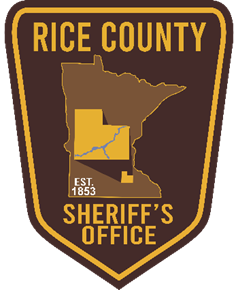Terrorism is the use of force or violence against persons or property in violation of the criminal laws of the United States for purposes of intimidation, coercion, or ransom.
Terrorists often use threats to:
-
Create fear among the public.
-
Try to convince citizens that their government is powerless to prevent terrorism.
-
Get immediate publicity for their causes
Acts of terrorism include threats of terrorism; assassinations; kidnappings; hijackings; bomb scares and bombings; cyber attacks (computer-based); and the use of chemical, biological, nuclear and radiological weapons.
High-risk targets for acts of terrorism include military and civilian government facilities, international airports, large cities, and high-profile landmarks. Terrorists might also target large public gatherings, water and food supplies, utilities, and corporate centers. Further, terrorists are capable of spreading fear by sending explosives or chemical and biological agents through the mail.
Within the immediate area of a terrorist event, you would need to rely on police, fire, and other officials for instructions. However, you can prepare in much the same way you would prepare for other crisis events.
The following are general guidelines:
-
Be aware of your surroundings.
-
Move or leave if you feel uncomfortable or if something does not seem right.
-
Take precautions when traveling. Be aware of conspicuous or unusual behavior. Do not accept packages from strangers. Do not leave luggage unattended. You should promptly report unusual behavior, suspicious or unattended packages, and strange devices to the police or security personnel.
-
Learn where emergency exits are located in buildings you frequent. Plan how to get out in the event of an emergency.
-
Be prepared to do without services you normally depend on—electricity, telephone, natural gas, gasoline pumps, cash registers, ATMs, and Internet transactions.
-
Work with building owners to ensure the following items are located on each floor of the building:
-
Portable, battery-operated radio and extra batteries.
-
Several flashlights and extra batteries.
-
First aid kit and manual.
-
Hard hats and dust masks.
-
Fluorescent tape to rope off dangerous areas.
-
